Jake Haverland describes himself as “a rare bird” who never believed he would work in the heat exchanger industry, despite having grown up in it. Fast forward to the present day, and Haverland is now the Vice President of Circle H Manufacturing, as well as the head of engineering and design. He has been with the company for 15 years.
Haverland graciously made time to sit with Stainless Steel World Americas to discuss his role as an engineer, challenges he has faced, how he circled back to a world he initially attempted to avoid, and his enthusiasm for the future of the heat exchanger industry.
By Kristen Charles – Editor, Stainless Steel World Americas
Building His Day
Any plan Jake Haverland designs for his day usually doesn’t get past the outline stage. Packed from start to finish, his day is anything but predictable, but he does attempt to paint a picture of what his schedule would look like ideally if the stars aligned. “I tell everybody that if I have a plan, all it’s good for is getting blown out of the water,” he chuckled. “The first thing I usually do when I arrive is check on any issues that must be dealt with immediately, which normally means responding to customers and reviewing quote requests. I then like to follow up on the production floor to review scheduling and assess the status of various products.”
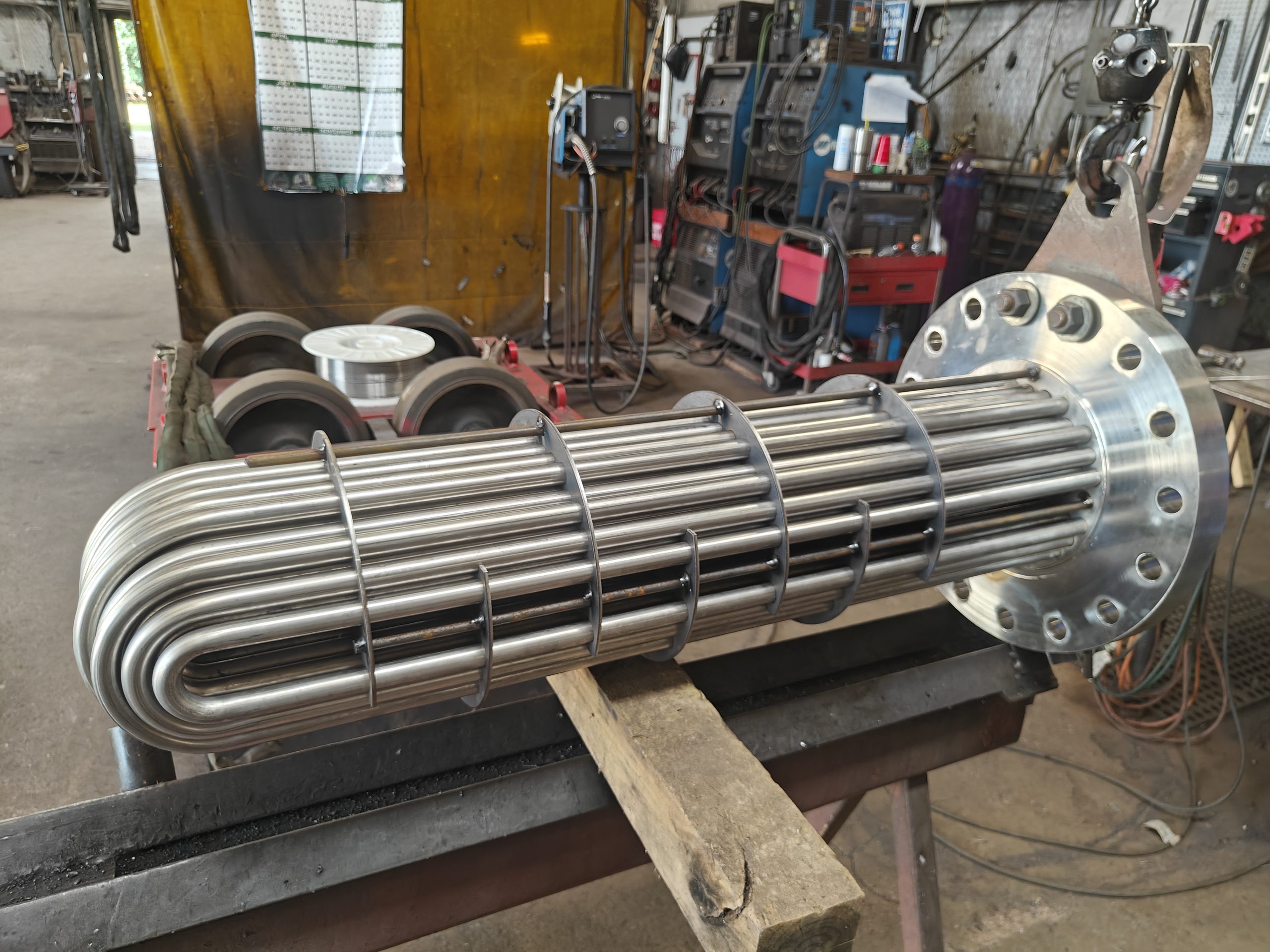
When he is able to build a structured day, Haverland will spend a good portion of his afternoon at his computer. “Probably 30 – 40% of my time is devoted to thermal design, mechanical design, and reading through specifications that I receive from customers. Then, at the end of the day, I like to return to where I started by giving my attention to any issues that need my response before I call it a day. My days are long, but I do feel a sense of completion,” he said. In addition, Haverland spends a significant amount of time ensuring operations are running properly at American Machining & Production (AM&P), a separate but strategically partnered company he recently started that manages Circle H’s machining and non-code fabrication.
Engineering Opportunities
Haverland attended college to obtain an engineering degree that would steer him away from the heat exchanger sphere. But when he examined various industries after graduating from Texas State University, he developed an appreciation for the industry he has known his entire life.
“I like to say that when I was 24 years old, I already had 20 years of experience in this industry,” joked Haverland. He also welcomed the opportunity to work alongside his father, company founder David Haverland. “I asked myself why I would work for someone else when I was already attached to an industry that promised a multitude of opportunities.”
Embracing infinite potential, he became a mechanical and thermal engineer who designs ASME/TEMA shell & tube heat exchangers and pressure vessels. He incorporates a variety of approaches while contemplating the customer’s needs in addition to examining information the customer has available. Circle H specializes in designing for manufacturing, rather than solely creating a highly engineered product. “I will examine off-the-shelf components and standards that fit the customer’s specifications. It all comes down to the customer’s needs — whether they are looking to enhance an existing system or if they are looking to design a new system. Heat exchangers are an expensive capital expense for which they will be seeking quotes well in advance. We provide the industry knowledge and work with them through the entire process to help them design a system that incorporates their specifications and their budget. It is a multi-stage process that keeps us working alongside the customer.”
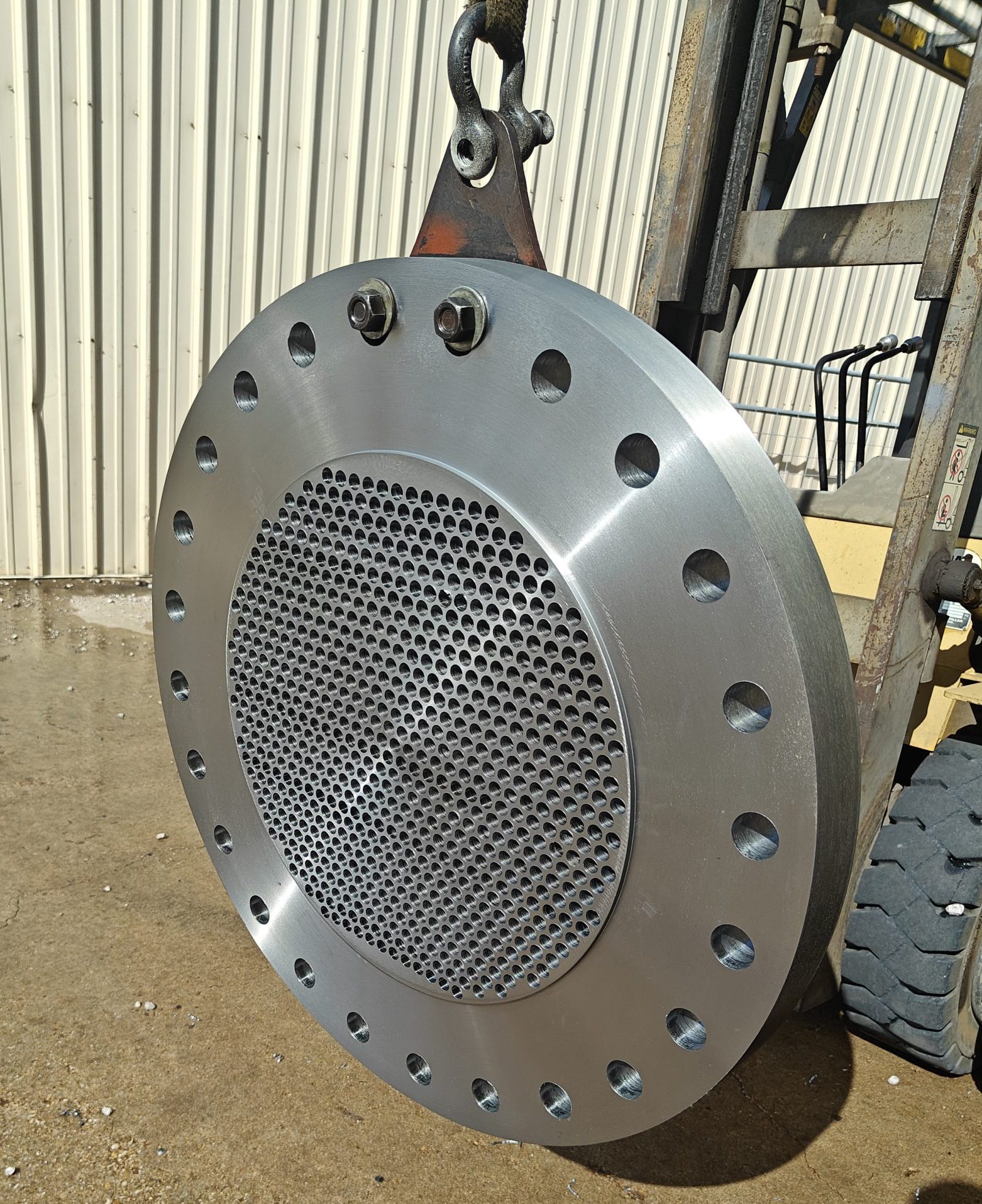
Appreciating the Benefits in a Challenge
Haverland emphasized Circle H’s dedication to providing quality. Challenges arise when he conveys his industry knowledge by stressing the necessity of the plan he designed — not as a business transaction, but rather a matter of value and longevity. He sees some people in the industry consulting third parties for initial sizing and ratings of their exchangers, but they end up lacking an understanding of what is happening in their system.
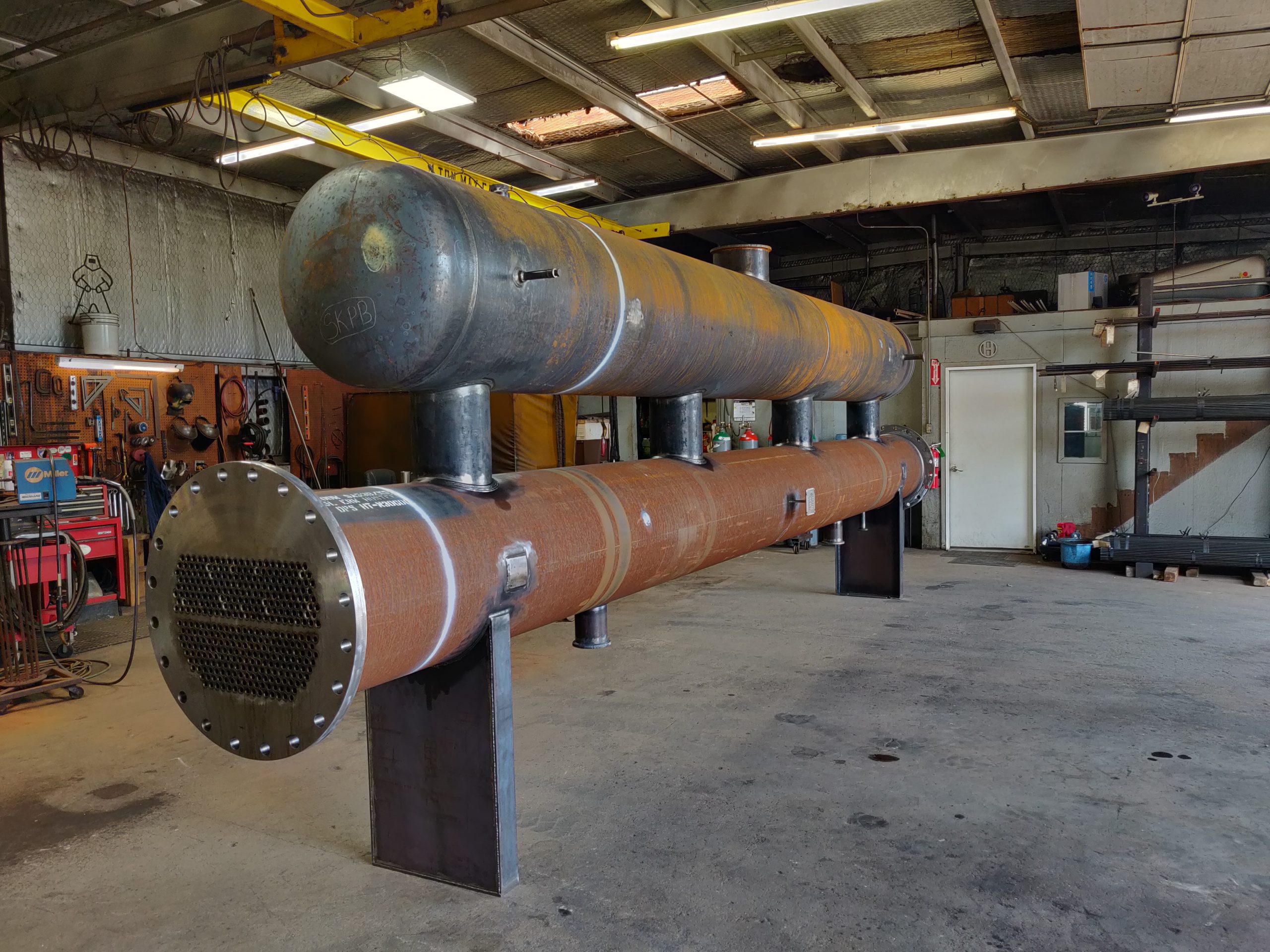
“While they have all the data from the third party, it does not replace the knowledge that comes from the people actually building the system,” explained Haverland.
Being a smaller company means finding alternate avenues to market their capabilities, so Haverland often meets customers personally to establish a connection. “It is a true benefit,” said Haverland. “It is how we develop long-term partnerships. They will make the association between me, as the company’s representative standing in front of them, and the Circle H name plate on an exchanger. They recognize that they have replaced the other exchangers in a plant or facility, but the Circle H exchangers have just kept working. These customers end up distinguishing us as a low-cost sales channel and approach us directly.”
Contributions to R&D
Haverland’s pride is unmistakeable as he details Circle H’s participation in R&D. Partnering with a university, the company collaborated on a project and was instrumental in fulfilling its objective. “Through a joint collaboration involving graduate students and PhD candidates, we actually helped build one of the first hypersonic wind tunnels of its kind. The university had received funding to test various factors. It was made to be fired at Mach12. Almost 10 years later it is still running.”
Recalling the inaugural test, Haverland laughed. “The students bought the highest speed camera that existed at the time, but they couldn’t capture a thing because it happened too fast. They had to disconnect it and use a laser array instead to determine measurements.” Since then, Circle H has created variations of the original design that have been used as experiments in a myriad of capacities.
Enthusiasm for What Lies Ahead
Like every other industry, Circle H is navigating the transition to renewable energy options. “Europe has been phasing out its F-gas refrigerants and other harmful, ozone-destroying contaminants. Many in the industry are leaning towards more natural refrigerants like ammonia and CO2, which is a dirty word in many instances but has tremendous cooling properties and is environmentally compatible,” Haverland remarked. It is all part of an ongoing process of which he is an engaged participant.
For someone who initially attempted to walk away from the heat exchanger industry, Haverland is now fervently committed. “I’m excited for what lies ahead in the heat exchanger industry. There is a lot happening. Heat exchangers will always be around. There will always be a need to heat something up and cool something off. There is a beauty embedded in that.”
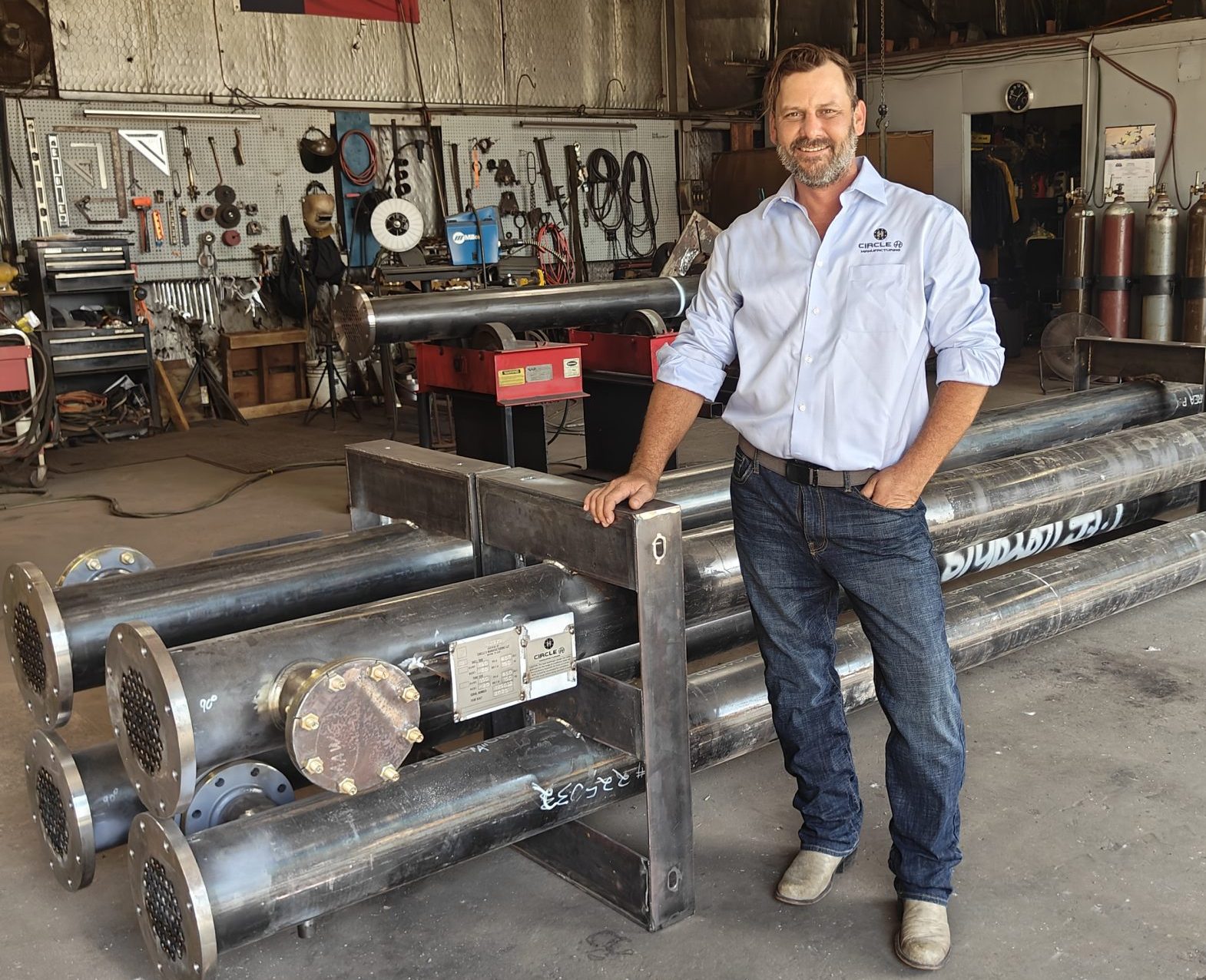
Circle H’s Origins
Circle H is a primarily ASME shell and tube heat exchanger manufacturer that also handles pressure vessels, piping components, and small-scale packaging, habitually working with carbon steel, stainless steel, circulation pumps, flanges, and fittings as well. President David Haverland registered Circle H Manufacturing on April 1, 1999. While the date denotes a joke, Haverland was deliberate in laying out his vision for the company he started. He had already carved out a successful career in the pumps industry, but he recognized a niche that did not previously exist for smaller shell and tube heat exchangers. So, Haverland set out to establish a company that focuses on providing heat exchangers of the highest quality, developed and manufactured within a company that values and appreciates its exceptionally skilled employees.
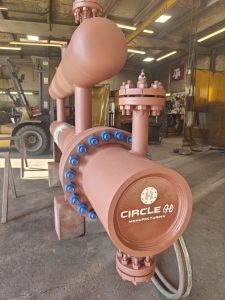 Circle H pivoted early in the company’s history to focus on industrial refrigeration, choosing to concentrate on the cooling side instead of the processing side. This decision steadily increased the company’s business.
Circle H pivoted early in the company’s history to focus on industrial refrigeration, choosing to concentrate on the cooling side instead of the processing side. This decision steadily increased the company’s business.
“Approximately 90% of our business comprises industrial refrigeration. Rather than manufacturing behemoth heat exchangers for the oil & gas industry, we turned our attention to the cooling systems that these large systems require to function properly,” elaborated Jake Haverland — Vice-President, Circle H Manufacturing. “We consider ourselves to be manufacturers of a component of the system, while others specialize in building the system. It is a collaboration. Our customers are experts, but we provide the value where they may not have the expertise.”

